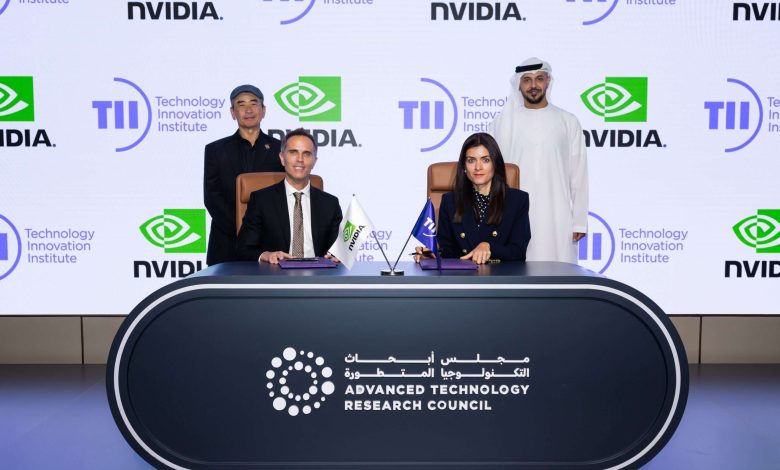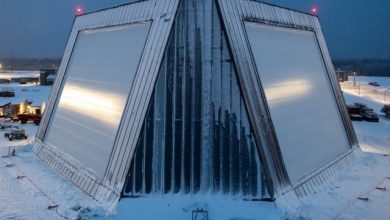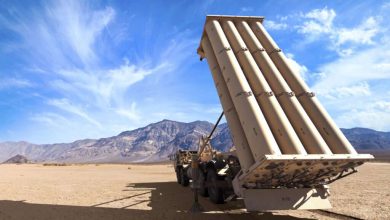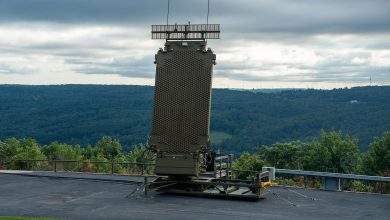
Unveiling Innovation: TII and NVIDIA Launch the Pioneering AI & Robotics Research Lab in the Middle East
Leading-edge humanoid and robotics research & development with future-oriented AI integration
Abu Dhabi, UAE – 22 September 2025: The Technology Innovation Institute (TII), the applied research division of Abu Dhabi’s Advanced Technology Research Council (ATRC), has partnered with NVIDIA, the preeminent leader in accelerated computing and AI, to unveil the Middle East’s inaugural Joint Lab focused on artificial intelligence and robotics. This groundbreaking partnership establishes a unique center in the region for crafting next-generation AI frameworks, robotic systems, and humanoid solutions that will propel innovation across various sectors.
The revelation of the TII-NVAITC (NVIDIA AI Technology Center) Joint Lab for AI and Robotics was announced during a signing ceremony at TII’s headquarters in Abu Dhabi, uniting top-tier executives from both entities. The agreement was endorsed by Dr. Najwa Aaraj, CEO of TII, and Marc Domenech, Regional Director, Enterprise – META Region at NVIDIA, in the presence of H.E. Shahab Abu Shahab, Director General at ATRC, H.E. Abdulaziz Al Dosari, Executive Director of Support Services at ATRC, John Josephakis, Global VP of Sales and Business Development for HPC/Supercomputing at NVIDIA, and Simon See, Global Head of NVIDIA AI Technology Centre, marking a significant milestone in the UAE’s AI and robotics landscape.
The partnership positions Abu Dhabi at the leading edge of applied AI, resonating with the emirate’s long-term vision to enhance technological independence and shape the future of intelligent autonomous solutions. It also emphasizes the UAE’s expanding role as a global leader in AI and Robotics – reinforced by the recent US–UAE AI Acceleration Partnership – positioning the nation as a crucial player in the worldwide robotics arena at a time when AI capabilities are swiftly advancing.
“This joint initiative with NVIDIA represents a pivotal advancement toward creating AI-empowered robotic systems capable of reasoning, adapting, and functioning in intricate environments,” said Dr. Najwa Aaraj, CEO of TII. “By merging our sophisticated robotic frameworks with powerful AI models and computing capabilities, we are hastening the fusion of perception, control, and language – establishing the groundwork for a new epoch of intelligent machines.”
The TII-NVAITC Joint Lab will merge NVIDIA’s accelerated computing technologies and expertise with TII’s multidisciplinary research in AI, robotics, autonomous solutions, and high-performance computing. This is the first NVAITC lab established in the Middle East, marking a substantial achievement for the region. Together, both organizations will fast-track the creation of intelligent systems with practical applications – advancing the domain of Physical AI through embodied AI frameworks, cutting-edge robotics, and humanoid architectures, as well as hardware designed for real-time robotic operations. Research will encompass robotic learning and control on a large scale, along with the advancement and integration of extensive language models, including TII’s Falcon family of AI models – recognized as the Middle East’s first and largest AI models.
“The inauguration of the TII-NVAITC for AI and Robotics signifies a fresh chapter in our global NVAITC network. Collaborating with TII in Abu Dhabi allows us to extend the mission of these centers into robotics for the first time in the Middle East – aiding researchers and innovators in expediting breakthroughs that will define the future of intelligent systems,” stated Carlo Ruiz, Vice President – Enterprise Solutions & Operations EMEA at NVIDIA.
This new lab is part of TII’s comprehensive strategy to promote applied AI and robotics yielding tangible impact. At its core lies a dedication to open innovation and global knowledge sharing, with TII and NVIDIA collaborating on research, open-source initiatives, and cross-network learning through the global NVAITC community. The lab further builds on TII’s existing modular robotic solutions and field-tested components, including robotic limbs and delivery bots, prioritizing research anchored in both technical excellence and practical readiness.










